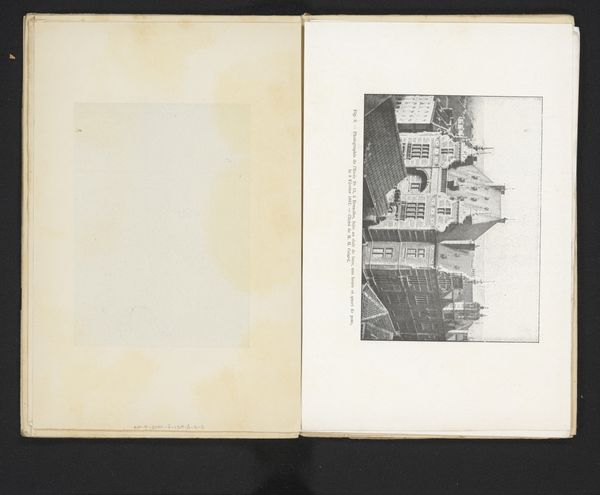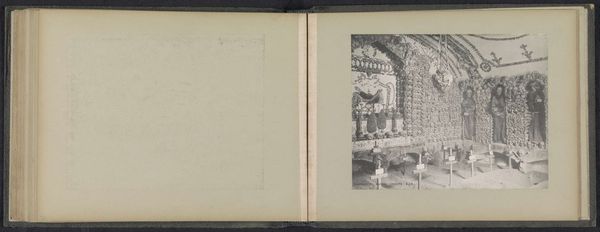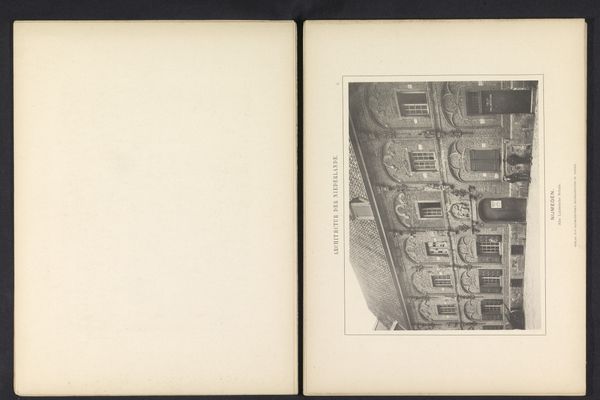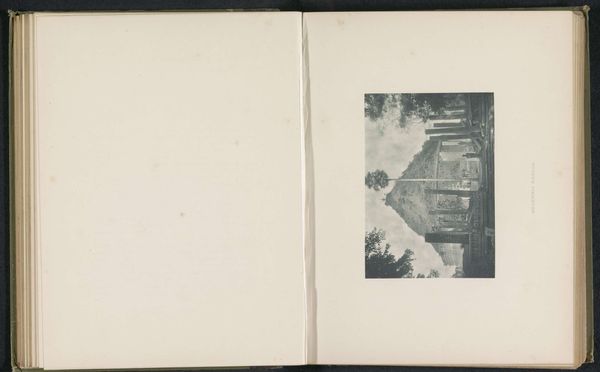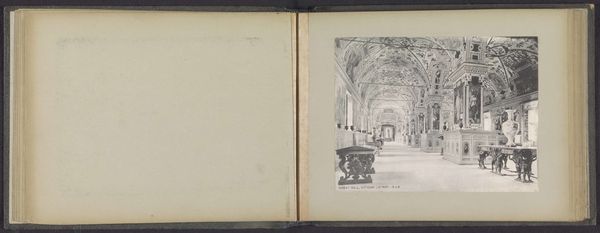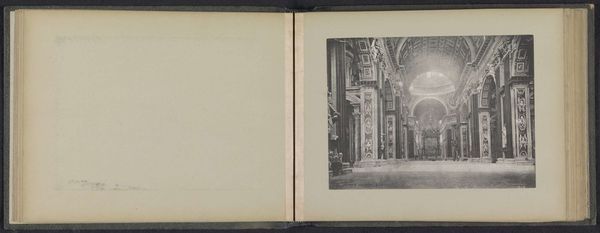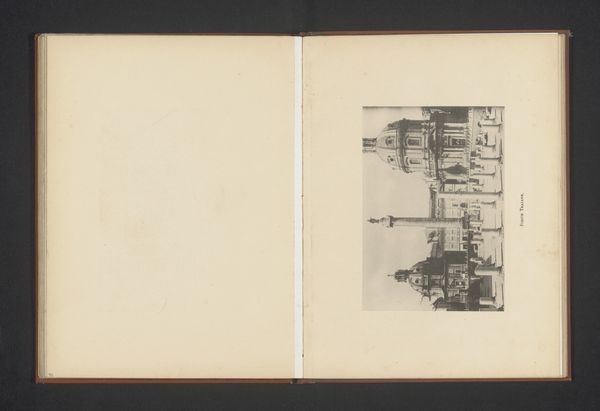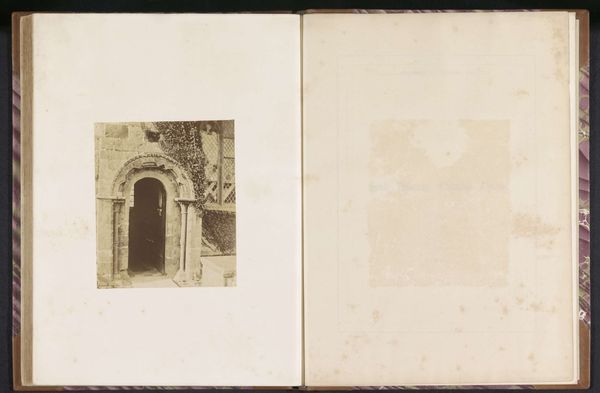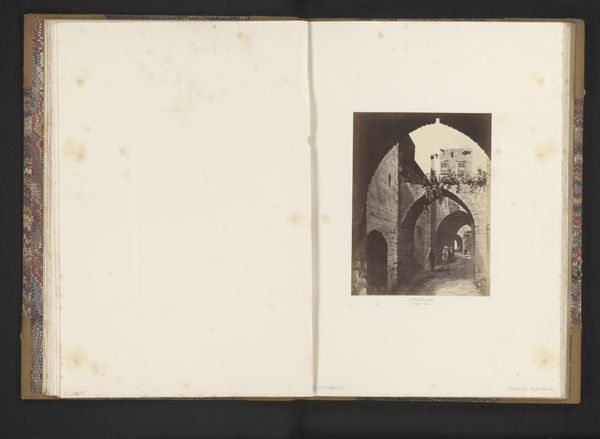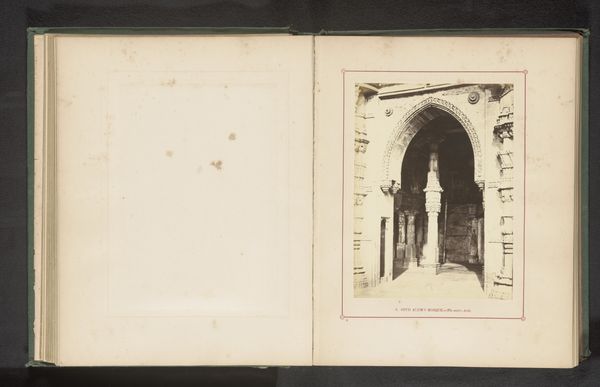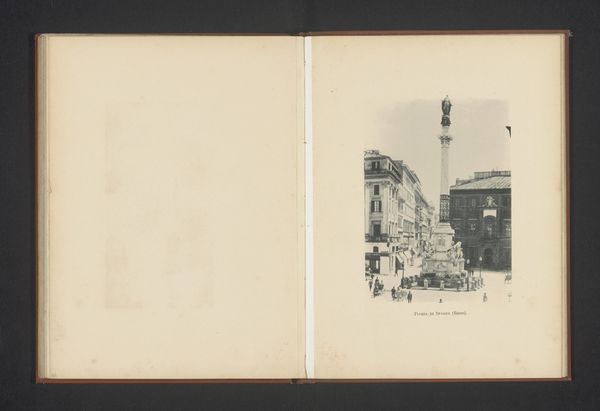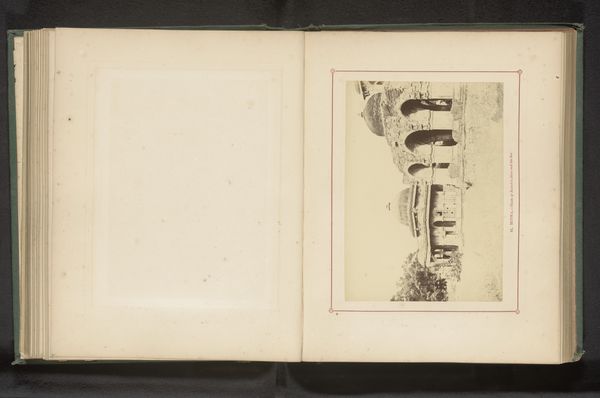
drawing, print, paper, photography, ink
#
drawing
# print
#
greek-and-roman-art
#
landscape
#
paper
#
photography
#
ink
#
cityscape
#
realism
Dimensions: height 151 mm, width 202 mm
Copyright: Rijks Museum: Open Domain
Editor: This is a print of the Arch of Constantine, made around 1890-1900, likely from a photograph. The city scene appears almost staged, presenting us with a clear, neoclassical perspective. I wonder about the choice to revisit this monument through photography so late. What historical significance do you find resonating within this particular image? Curator: Well, that's a perceptive observation. This image appears during the rise of mass tourism and photography. The Arch itself, erected in 315 AD, became not just a symbol of Roman power, but a symbol consumed by late 19th-century viewers. This image makes me consider how photographic reproductions transformed ancient monuments into accessible, purchasable commodities for a growing middle class hungry for experiences. Do you see anything in the composition that underscores that shift in perception? Editor: Perhaps the figures milling around in the foreground? They feel like everyday tourists. They don't appear awed; they're simply part of the scenery. It almost domesticates the monument. Curator: Precisely. The monument’s purpose, to represent triumphal power, becomes diluted within the image as it competes for attention. That shift reflects larger questions, I think, about who gets to interpret and ultimately "own" history. Is it the powerful elite represented by the Arch, or the individual consumer of photographic imagery? Editor: So the print isn't simply about the Arch, but also about the culture observing it? Curator: Absolutely. It reflects the social conditions and power dynamics involved in viewing, understanding, and consuming art and history itself. This piece reveals a democratization, or even a commodification, of a previously rarefied imperial symbol. Editor: That completely reframes how I see this photograph! I was initially drawn to its simple, realistic portrayal. Now, it feels rich with questions about cultural appropriation. Curator: Exactly, it provides a glimpse into how monuments can evolve from displays of power to objects of popular consumption, influencing their meanings in profound ways.
Comments
No comments
Be the first to comment and join the conversation on the ultimate creative platform.

